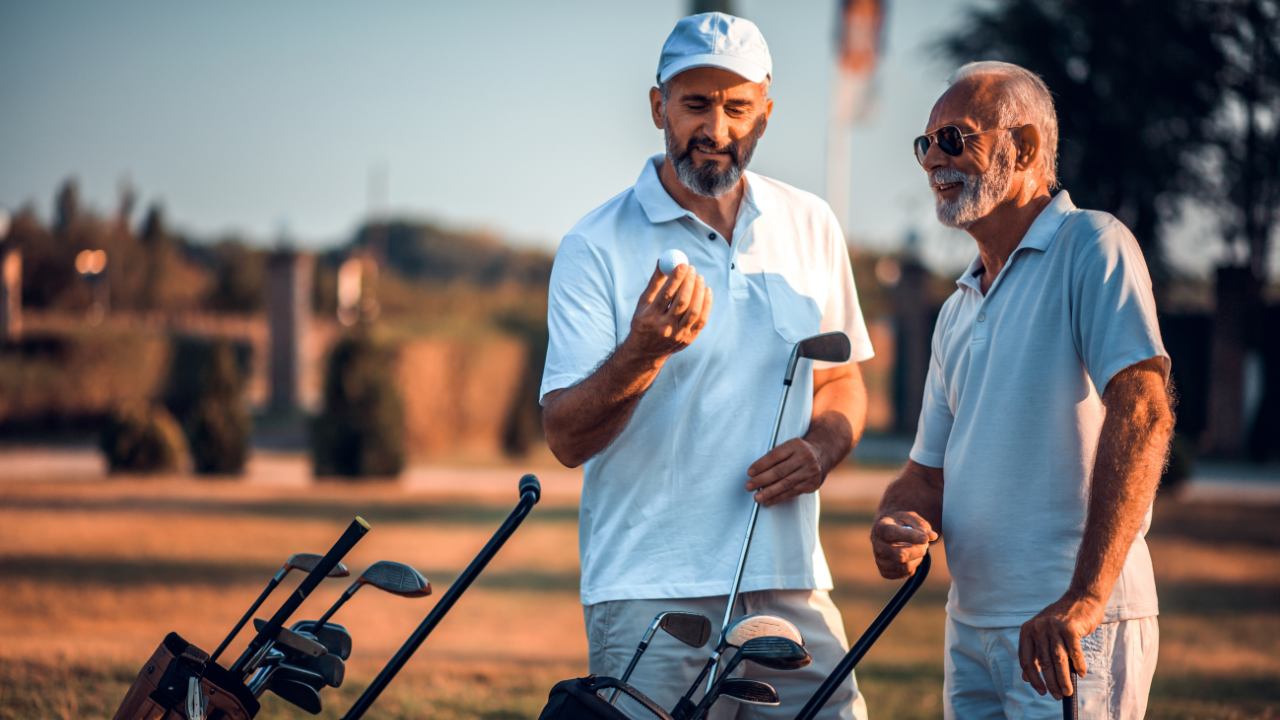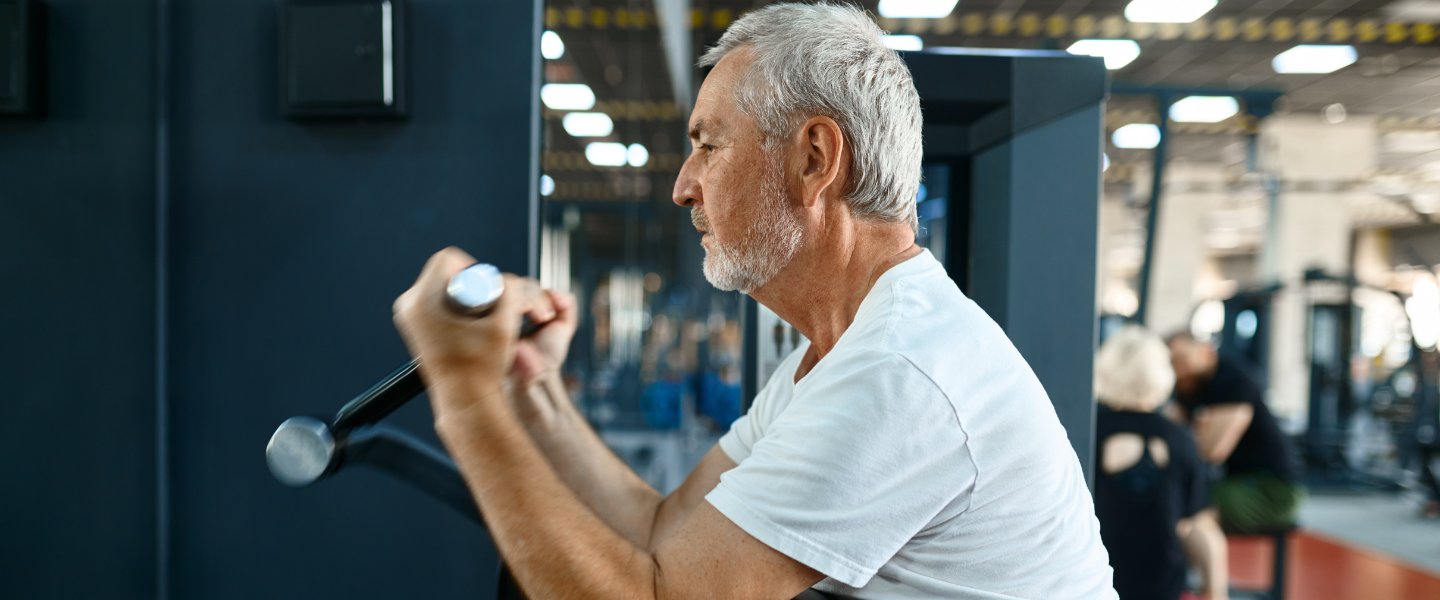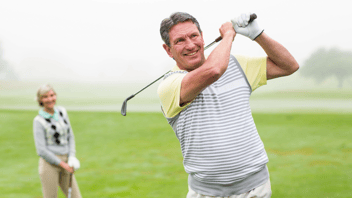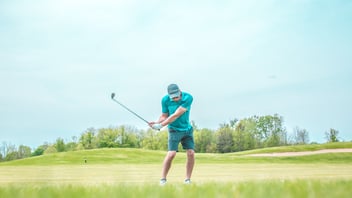

How Exercise Impacts Quality of Life in Older Golfers
Jun 29, 2022The desire to play as long as possible is likely to be found in any golfer. We often hear that exercise improves health, but what exactly does it improve? Can you do anything to ensure a longer playing career? Does exercise alone mean an improved quality of life? Let’s take a look at the benefits of exercise in experienced golfers.
The Effects of a Sedentary Lifestyle
A study by Buckley, et al. reviewed muscle strength, functional endurance, and health-related quality of life in active older female golfers. The study revealed that quadriceps strength is associated with improved functional endurance AND that 25% of peak strength is lost by age 60 without training. In other words, living a sedentary lifestyle seems to be a more significant contributor to deconditioning than aging.

Leg strength also plays a significant role in independent living, decreasing the risk of osteoporosis, and balance.
Balance is a crucial aspect of the game of golf and functional independence, with falls reported to be the leading cause of injury in older adults. Bliss, et al. examined the fall risk level in golfers and non-golfers with Parkinson’s. This study revealed that golfers decreased fall risk compared to those who do not golf.
So what is the connection between golf and a decreased risk of falls?
Exercise.
A golf swing requires coordination, stabilization, and strong postural muscles. Playing a round of golf challenges the same muscles involved in balance. In addition to postural stability, the golf swing requires range of motion and power. All of these components can be improved with an individualized exercise plan.
Mental and Social Stimulation
Golf also provides an opportunity to engage cognitively and socially with others. A strong social network is of utmost importance for long-term quality of life. Social networks tend to become smaller yet closer with age. According to Schmidt, et al., we tend to focus on fostering relationships with our closest companions while decreasing involvement in more distant relationships. Despite the decrease in size, we tend to become more satisfied with our social networks with age.

Golf presents a unique opportunity to spend anywhere from two to four hours with a small group of people. Long-time golfers have likely found lifelong friends by association with a golf club or league. Maintaining such relationships is vital for improving long-term quality of life.
The Bottom Line: Exercise is essential for improving quality of life.
Training the body is essential to maximize gains and minimize age-related losses. Such improvements allow individuals to lengthen their golf careers and maintain relationships on the course. Physical fitness, independence, and strong relationships enable us to maintain an improved quality of life.
Thank you for reading!
Joe Gebhart, Student Physical Therapist
Feel Better. Move Better. Score Better




